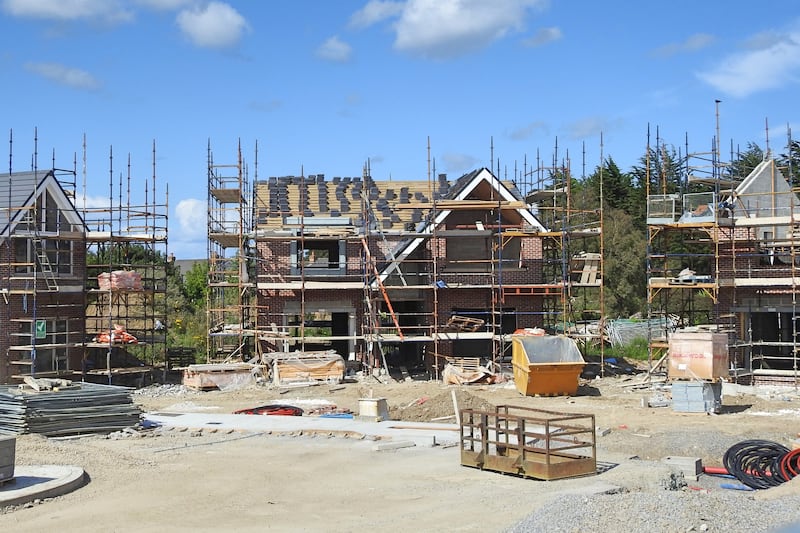The US economy grew at a 2.8 per cent annualised rate in the second quarter, in a sign of continued consumer resilience as the Federal Reserve considers cutting interest rates in the coming months.
Thursday’s data from the Bureau of Economic Analysis surpassed economists’ expectation of 2 per cent GDP growth between April and June and marked a jump from the first quarter’s 1.4 per cent rate.
The Fed is weighing when to cut rates after raising them to a 23-year high of 5.25 to 5.5 per cent in response to the inflation shock from the pandemic.
Recent data suggests the central bank is succeeding in its battle to bring price pressures down to its 2 per cent target without triggering a recession. According to June’s consumer price index report, US inflation is now hovering around 3 per cent.
The two-year Treasury yield, which moves with interest rate expectations, rose slightly after the data release, as traders reduced bets on interest rate cuts this year. However, markets were still pricing in two to three interest rate cuts by December.
Veronica Clark, an economist at Citigroup, said the Fed would be “encouraged” by strong demand being sustained from the first quarter.
However, she added: “If you look at other monthly data, the trend is still that consumption is slowing and there are concerning signs in the labour market data.”
James Knightley, chief international economist at ING, said: “This is a decent rebound after the [first-quarter] weakness. But the challenges for the economy are building.”
Both Ms Clark and Mr Knightley said they expected the Fed to cut rates in September.
One closely watched proxy for demand in Thursday’s data that strips out inventories, trade and government spending – called final services to private domestic purchasers – rose 2.6 per cent. That matched the previous quarter’s rate.
Consumer spending rose 2.3 per cent, an acceleration from the first quarter’s 1.5 per cent pace.

‘With airlines there’s always some volatility'
Despite the strong performance in the second quarter, figures from earlier this month suggest that the labour market has started to soften, bolstering the case for an imminent rate cut.
Steven Blitz, chief US economist at TS Lombard, warned that if the Fed did not follow through with lowering interest rates soon, “we will get a recession later this year”.
Officials have already begun laying the groundwork to lower rates as soon as the September meeting. Fed chair Jay Powell said last week that the past three monthly inflation figures marked a “pretty good pace” of price growth.
The Fed maintains that there is still a path to a “soft landing”, whereby inflation comes back down to target without triggering a surge in job losses. Lay-offs are increasing, pushing the unemployment rate above 4 per cent, but the figure still remains historically low.
The data confirms the US as a leader among advanced economies, which are expected to grow 1.7 per cent in 2024, according to forecasts published by the IMF last week. That is slower than the 3.2 per cent pace projected globally.
US president Joe Biden said on Thursday that the latest GDP report “makes clear we now have the strongest economy in the world”.
“We’ve created nearly 16 million jobs, wages are up, and inflation is coming down,” he said.
Treasury secretary Janet Yellen echoed that message, saying at the G20 summit in Brazil that the latest data showed the US is on a path of “steady growth and declining inflation”. – Copyright The Financial Times Limited 2024
- Sign up for Business push alerts and have the best news, analysis and comment delivered directly to your phone
- Join The Irish Times on WhatsApp and stay up to date
- Our Inside Business podcast is published weekly – Find the latest episode here












